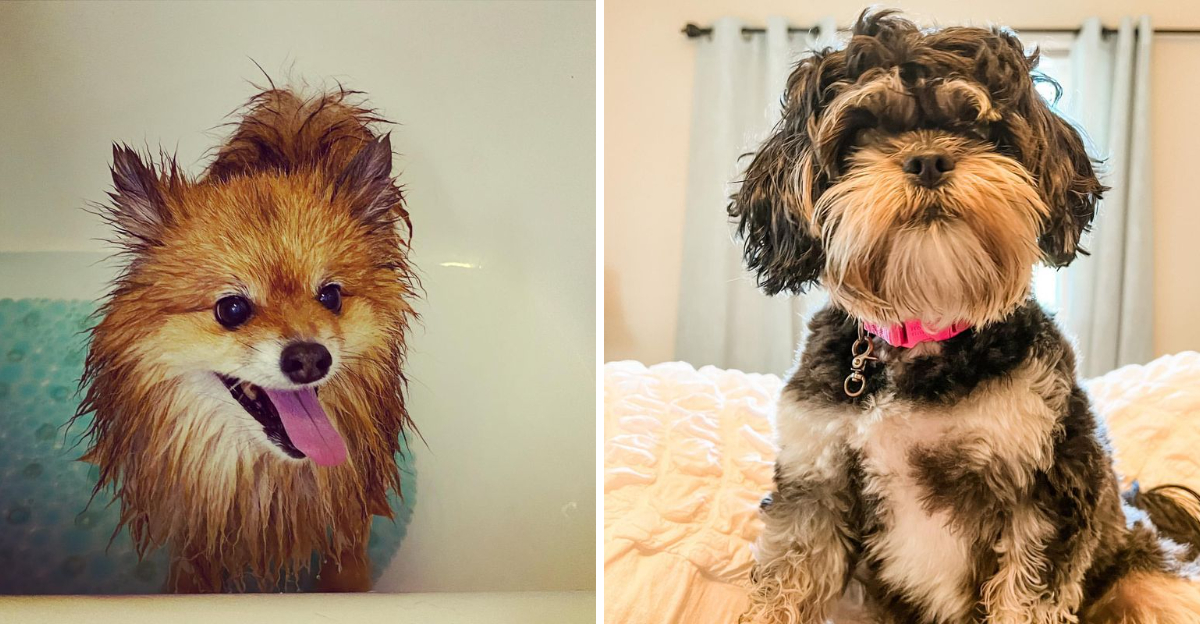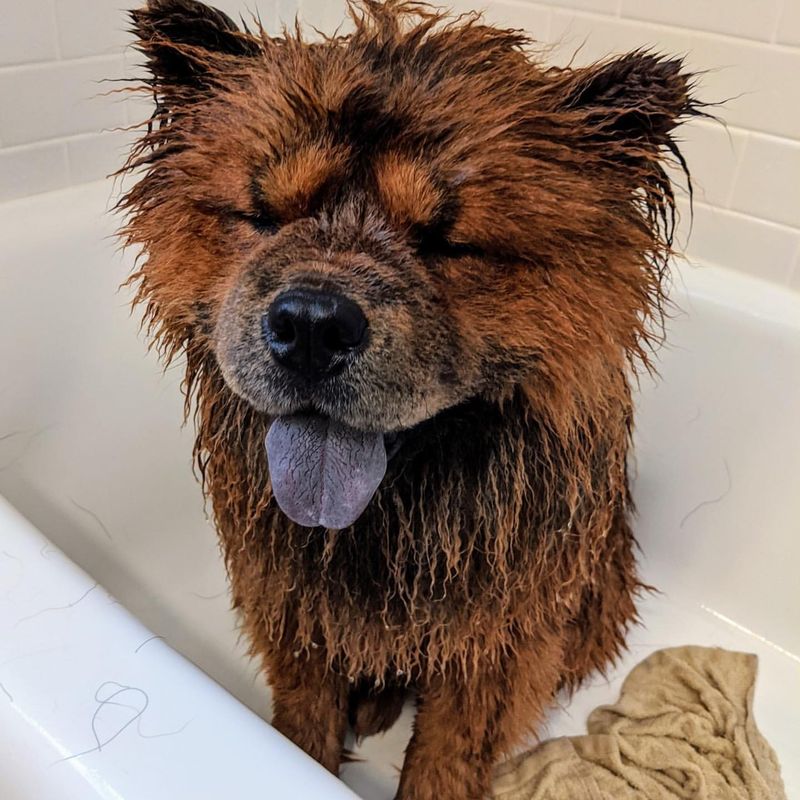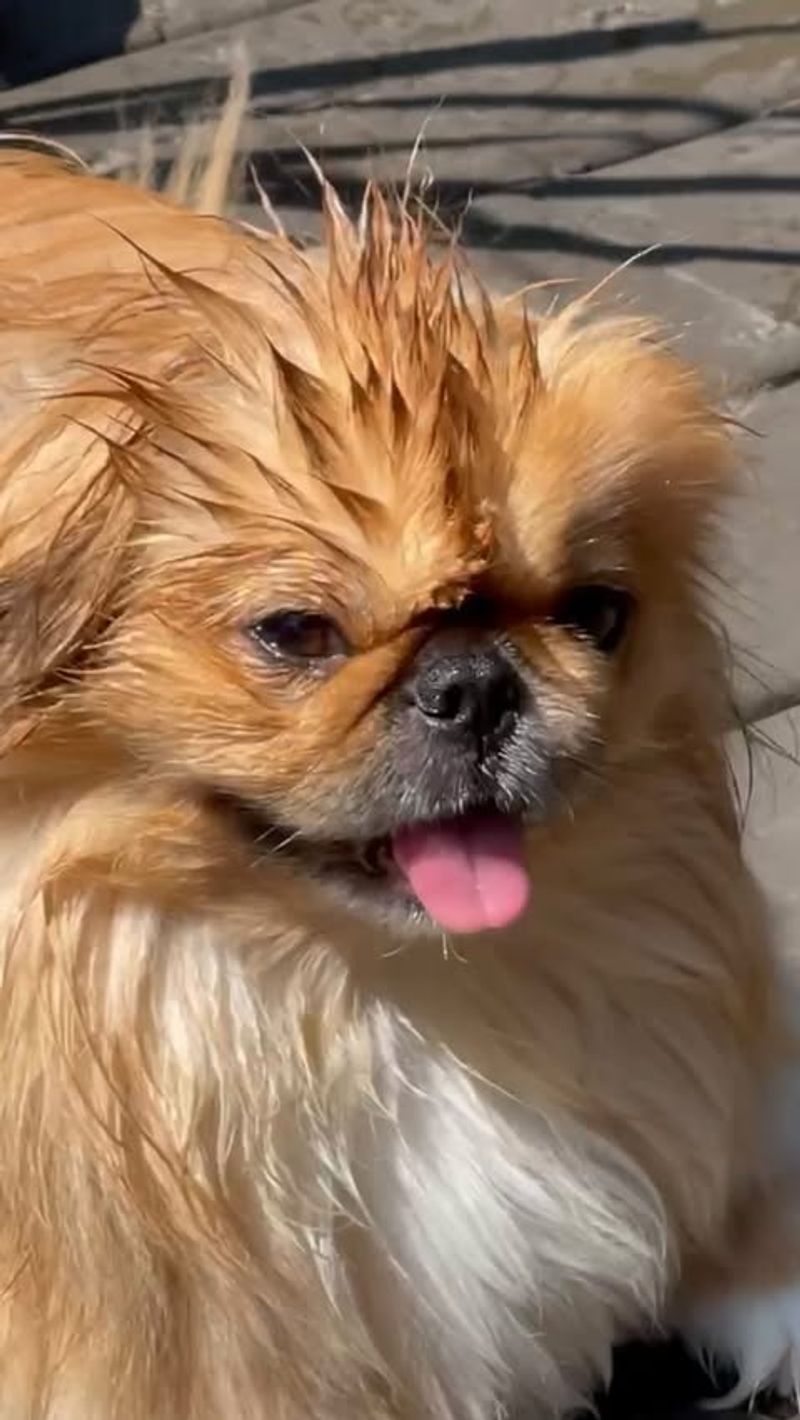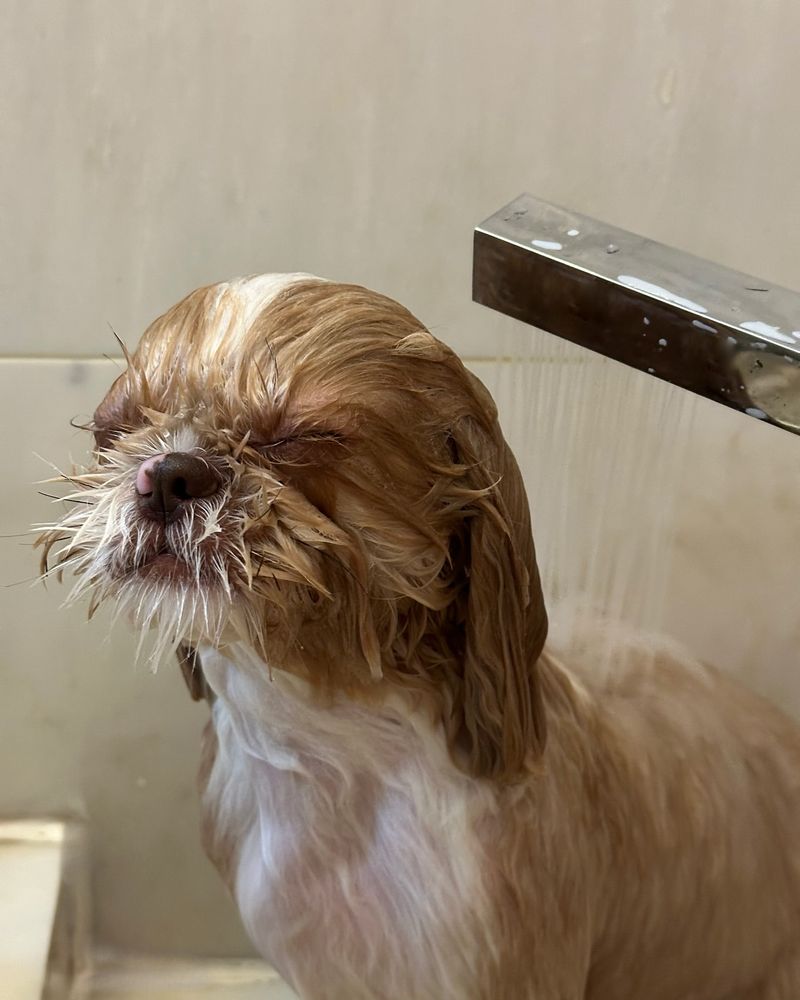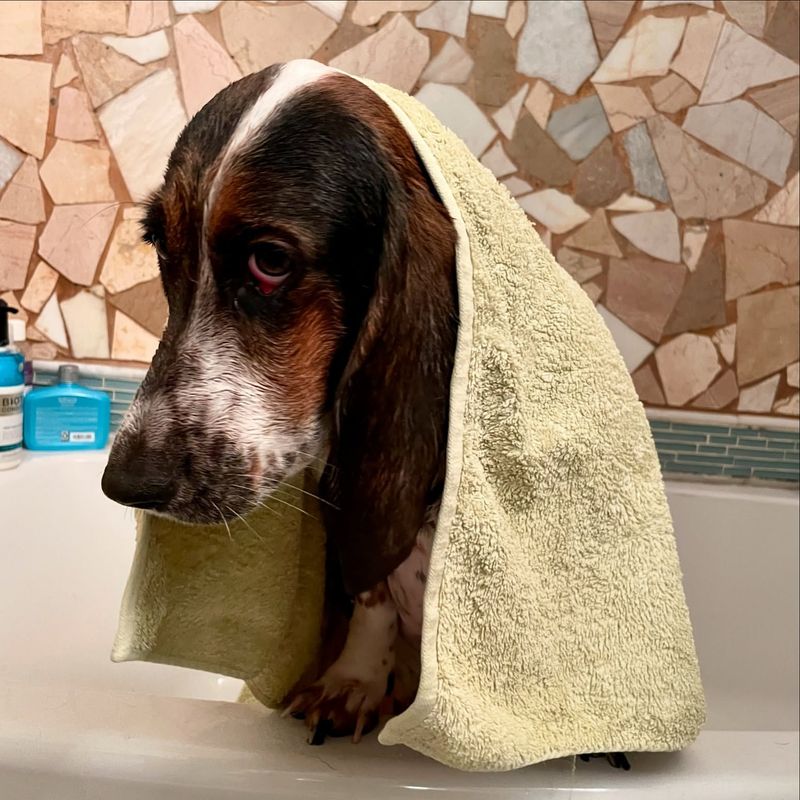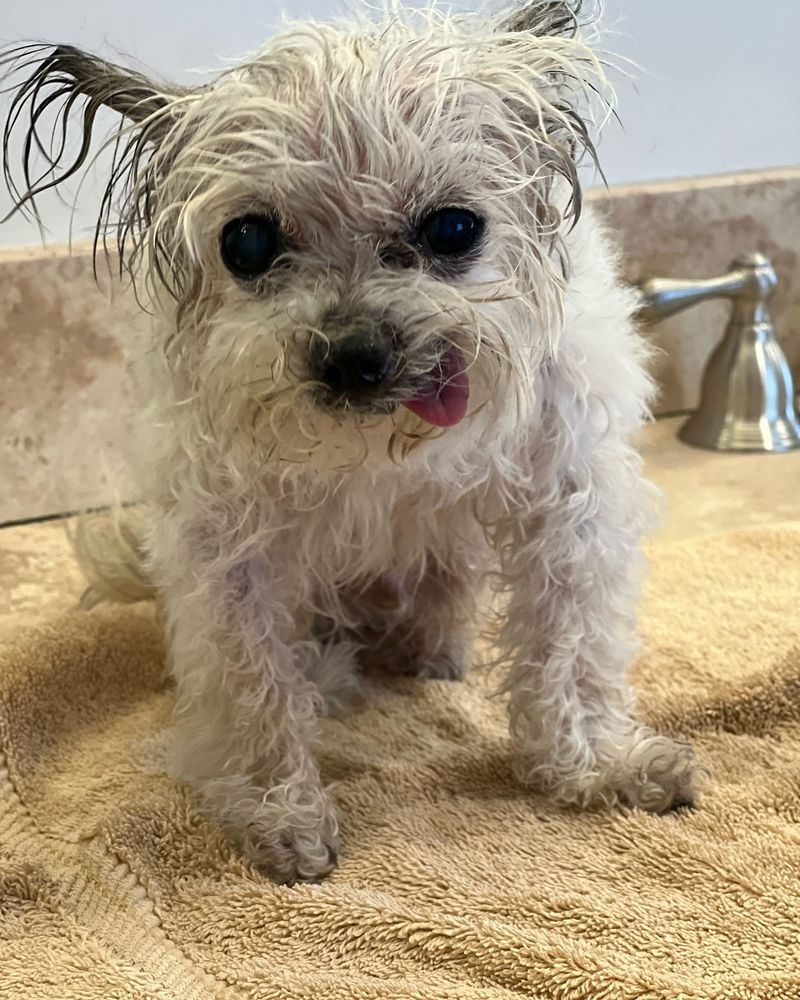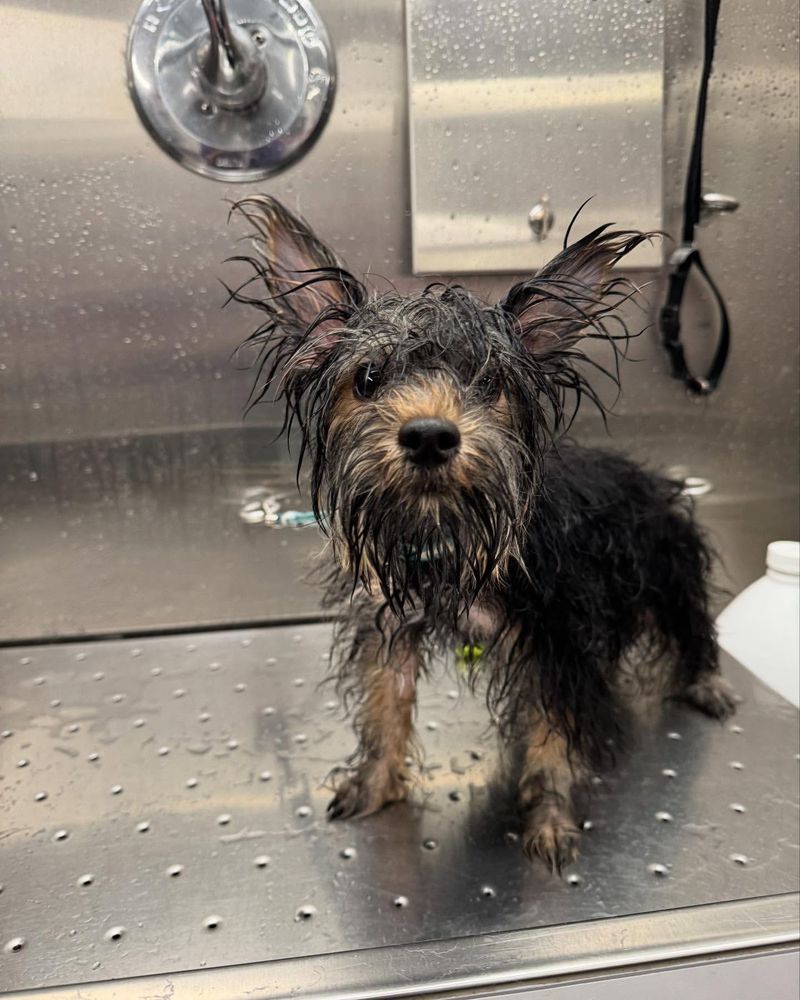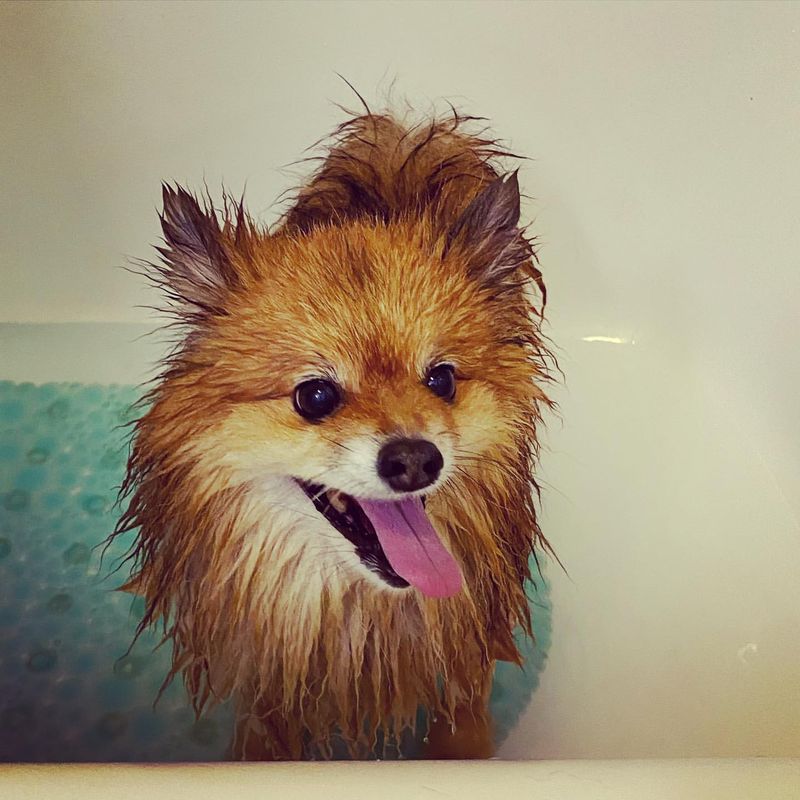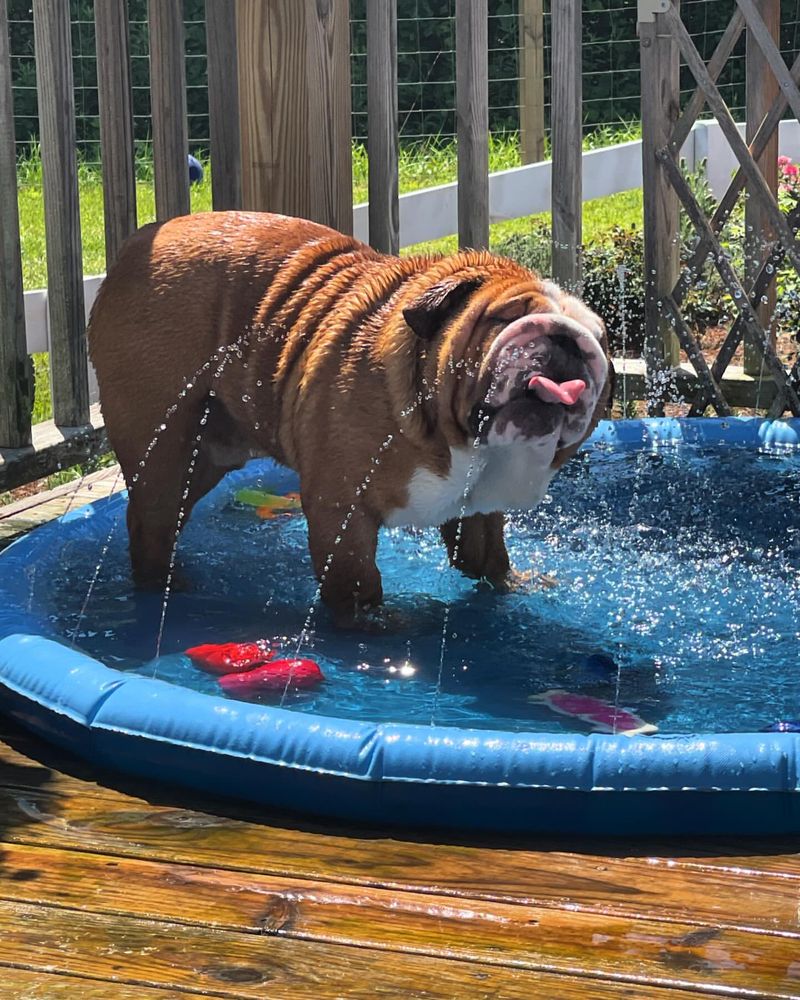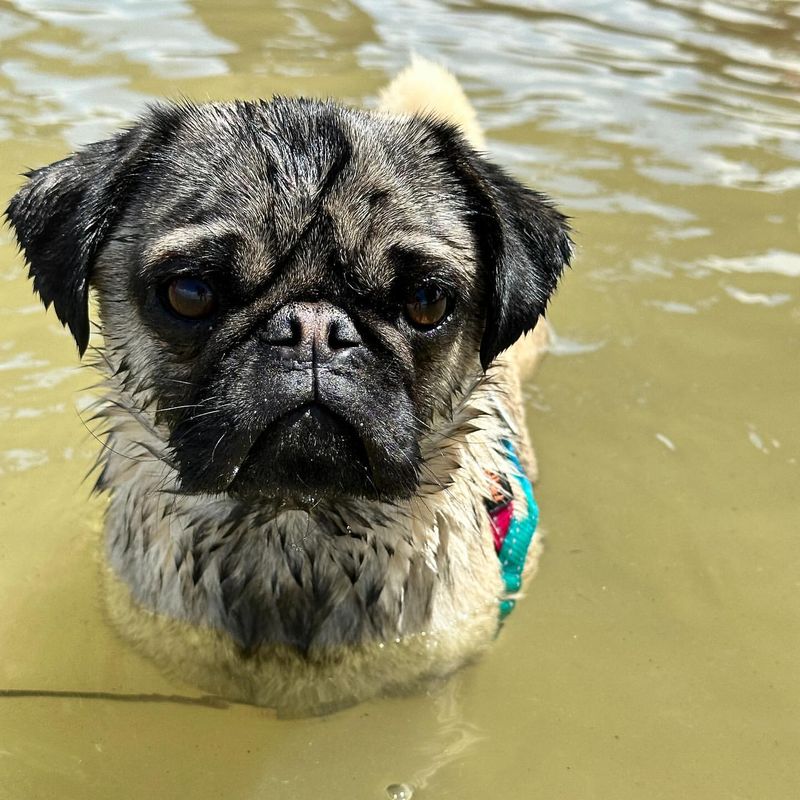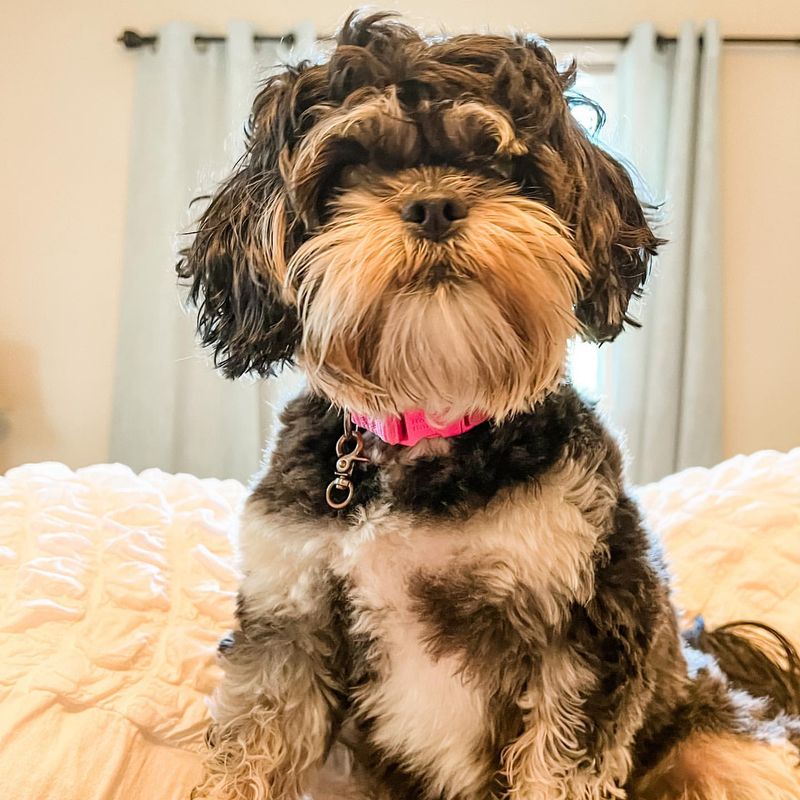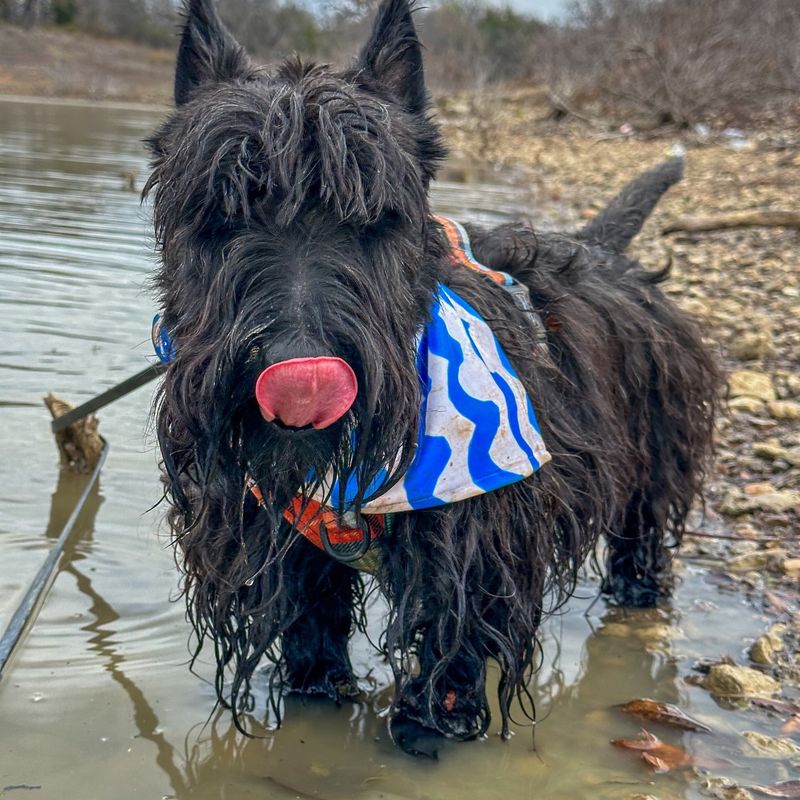Some dog breeds simply do not enjoy the water, whether it’s due to their physical characteristics or natural inclinations. While many dogs revel in a good splash, there are certain breeds that would rather stay dry. Understanding these preferences can help pet owners provide more comfortable environments for their furry friends. Here, we list eleven dog breeds known for their aversion to getting wet and explore the reasons behind their dislike.
Chow Chow
The Chow Chow, with its dense double coat, is one breed known for avoiding water. Despite its regal appearance, this ancient Chinese breed prefers to stay dry. The thick fur can become heavy and uncomfortable when wet, making swimming a less enjoyable activity. Chow Chows are often seen as aloof, and their reluctance to get wet may also be a reflection of their independent nature. Owners should be mindful of this aversion when planning outdoor activities. Ensuring their environment is comfortable and dry can greatly enhance their well-being.
Pekingese
The adorable Pekingese, with its long, flowing coat, tends to shy away from water. This breed’s luxurious fur can take a long time to dry, which can be uncomfortable for the dog. Originally bred for the Chinese nobility, Pekingese have an air of aristocracy that aligns with their preference for dry, comfortable surroundings. Their flat faces also mean they may struggle with breathing if water splashes over them. Owners should prioritize keeping their Pekingese dry and providing a cozy, dry space for them to relax.
Shih Tzu
Shih Tzus, with their elegant appearance, often avoid water due to their long, flowing coats. The heavy hair can weigh them down and take ages to dry, which is far from pleasant. This breed, known for its affectionate nature, enjoys being pampered and fussed over, rather than getting wet. Their small size and delicate frame also mean they may feel vulnerable in water. Providing a warm, dry environment and regular grooming helps keep Shih Tzus comfortable and content.
Basset Hound
Basset Hounds are known for their long bodies and ears, which can hinder their swimming abilities. Their dense bone structure makes them less buoyant, and their ears can easily drag in the water, making swimming cumbersome. Despite their hunting background, Basset Hounds often prefer dry land. Their sweet demeanor and laid-back nature make them more inclined to lounge in a dry spot. Owners should respect their preference for staying dry and provide ample opportunities for land-based activities.
Maltese
The Maltese, a breed cherished for its pure white coat, is not fond of getting wet. Their flowing hair can become matted and dirty when exposed to water, which is an unpleasant experience for both the dog and its owner. Maltese dogs have been companions of royalty, and their preference for dryness fits their image of elegance and grace. This breed enjoys being pampered and often prefers dry, cozy environments. Regular grooming and careful handling during bath time can help maintain their pristine appearance.
Yorkshire Terrier
The Yorkshire Terrier, with its dainty stature and long, silky coat, tends to avoid water. Their fine hair tangles easily, often leading to discomfort when wet. Despite their small size, Yorkies are spirited and energetic but prefer dry adventures. Their historical role as rat catchers doesn’t lend itself well to water activities. Owners should focus on keeping them dry and ensuring their coat remains tangle-free. Regular grooming and protective clothing during wet weather help maintain their comfort and appearance.
Pomeranian
Pomeranians, with their thick double coats, are another breed that typically avoids water. Their fluffy fur can become quite heavy when wet, causing discomfort. Despite their lively personalities, Pomeranians often prefer dry conditions that match their aristocratic demeanor. This breed’s small size and distinctive appearance make them more suited to being carried than swimming. Owners should ensure they remain dry and comfortable, especially during outings to damp locations. Proper grooming and a warm, dry space help keep them content and dry.
Bulldog
Bulldogs, known for their sturdy build and flat faces, generally dislike getting wet. Their heavy bodies and short legs make swimming challenging, while their facial structure can lead to breathing difficulties in water. Despite their tough appearance, Bulldogs are often gentle and low-energy, content with dry land. This breed thrives in a dry, comfortable environment where they can relax without the risk of slipping or getting wet. Owners should prioritize keeping Bulldogs dry, especially in unfamiliar surroundings.
Pug
Pugs, with their compact size and wrinkled faces, are not fans of water. Their short snouts make swimming difficult, as they need to keep their heads above water to breathe. Often described as playful yet lazy, Pugs would rather snuggle in a dry, warm spot than get wet. This breed’s heavyset body and short legs do not favor swimming. Owners should focus on providing dry, cozy environments and avoid activities involving water. Pugs enjoy indoor play and companionship, rather than damp adventures.
Lhasa Apso
Lhasa Apsos, originally bred in the cold mountains of Tibet, prefer to stay dry. Their long, dense coats can become unpleasant when wet, leading to mats and tangles. Although hardy and independent, they do not favor water-related activities. Their history as indoor temple guards reflects their preference for dry, comfortable environments. Owners should respect this breed’s aversion to water by keeping them dry and well-groomed. Regular grooming and avoiding water exposure help maintain their coat’s beauty and their overall comfort.
Scottish Terrier
The Scottish Terrier, known for its robust character and distinctive appearance, often steers clear of water. Their dense, wiry coat can become heavy and cumbersome when wet, detracting from their natural elegance. Despite their fearless reputation, Scotties are more suited to dry, land-based activities. They enjoy digging and exploring rather than swimming. Owners should ensure they remain dry and comfortable, especially in unpredictable weather. Proper grooming and providing a cozy, dry environment help keep Scottish Terriers happy and healthy.
